-

GR6
Sixth largest Brazilian channel on Youtube -

Plínio Profeta
Music producer and multi-instrumentalist -

Arca A
An artistic entrepreneurial company -

Leonardo Matsumoto
National journalism -

LOUD
Streamers and Free Fire Stars -

Lucy Alves
Singer, songwriter and actress -

02 Filmes
Independent film, TV and advertising producer -

James Newton Howard
Reference in the international film industry -

Punks S/A
Independent, innovative and different library -

Mú Carvalho
Songwriter, pianist and music producer -

Umberto Tavares
Songwriter and music producer, a reference in funk -

Alberto Rosenblit
Brazilian music producer, pianist and songwriter

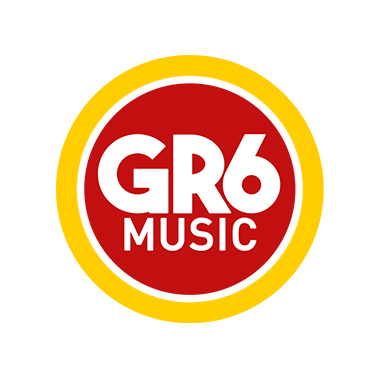
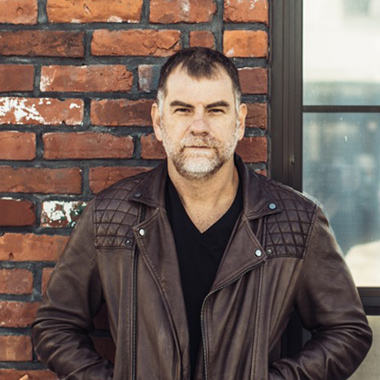
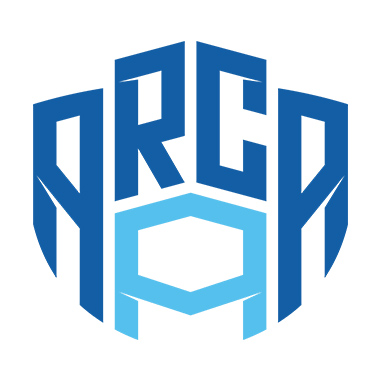
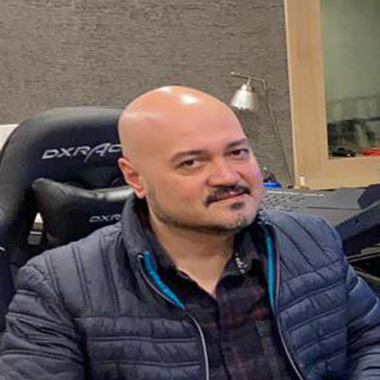
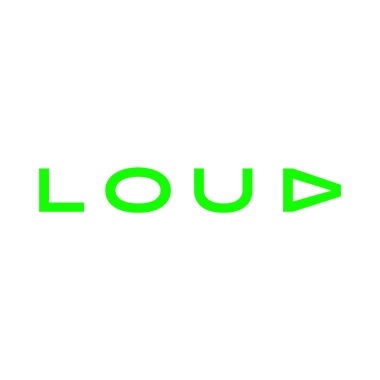
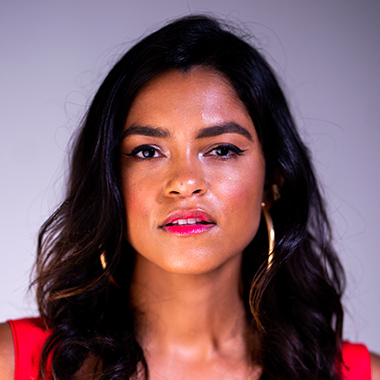
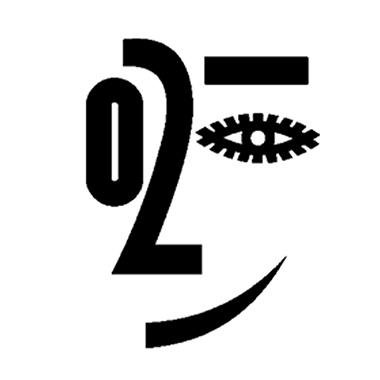
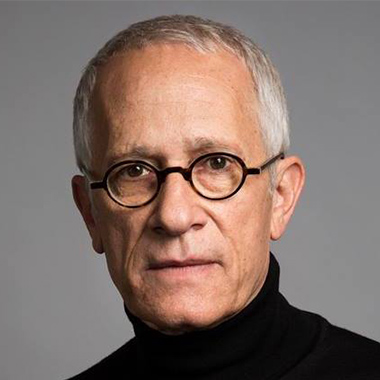
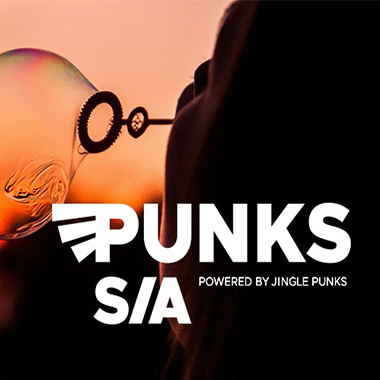

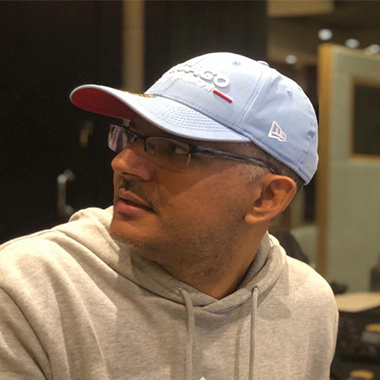
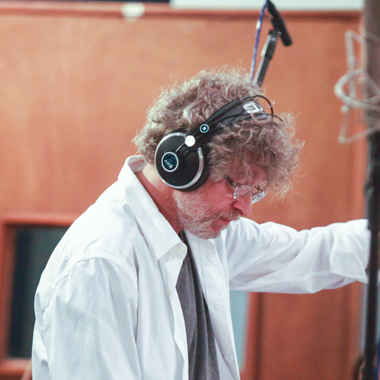


 +55 21 99942 4789
+55 21 99942 4789 +55 21 99942 4789
+55 21 99942 4789